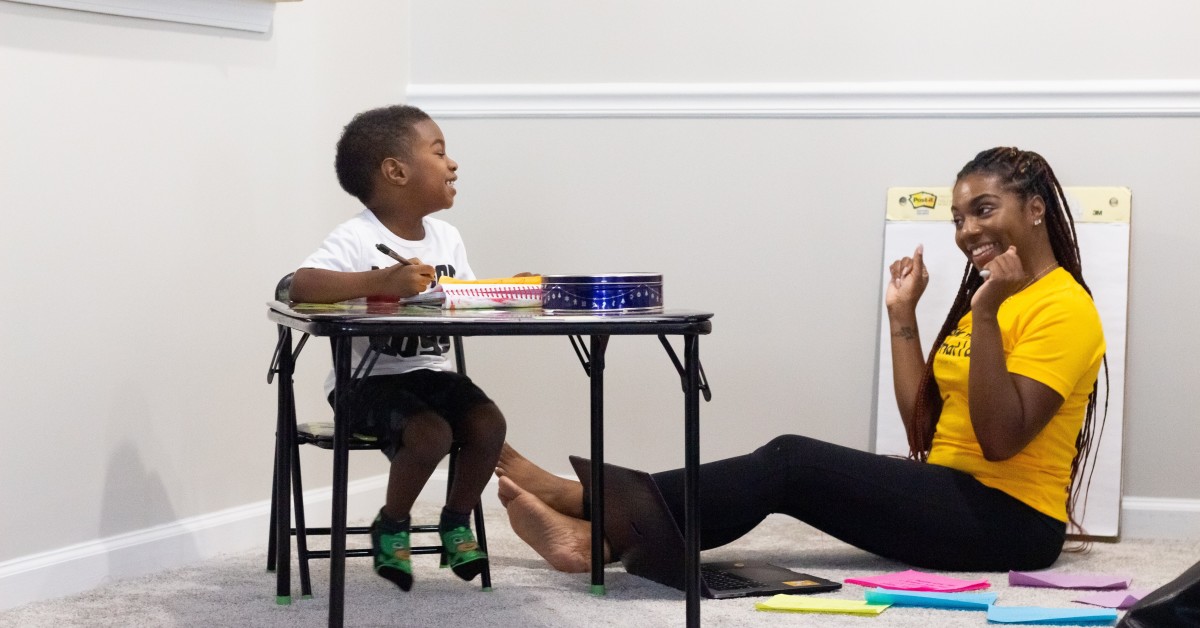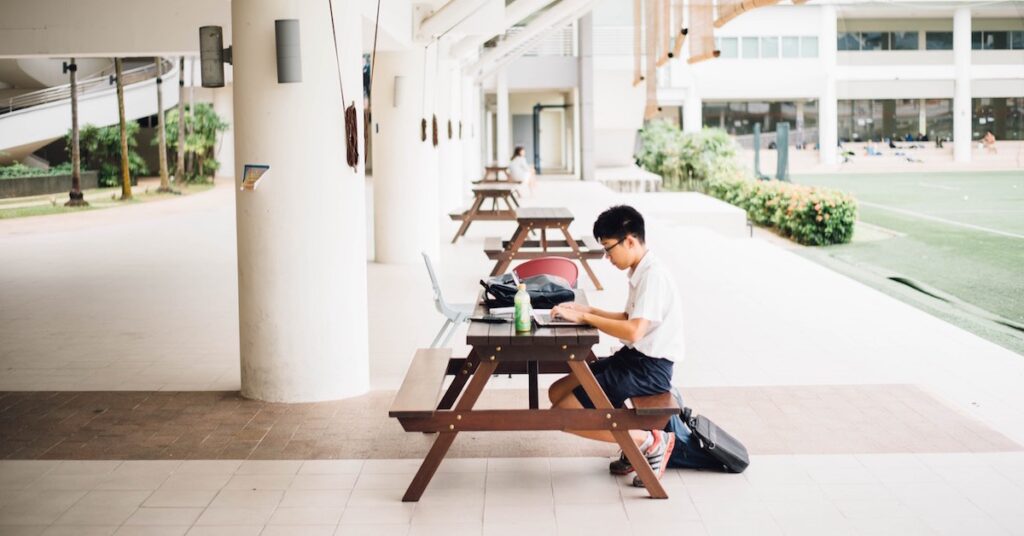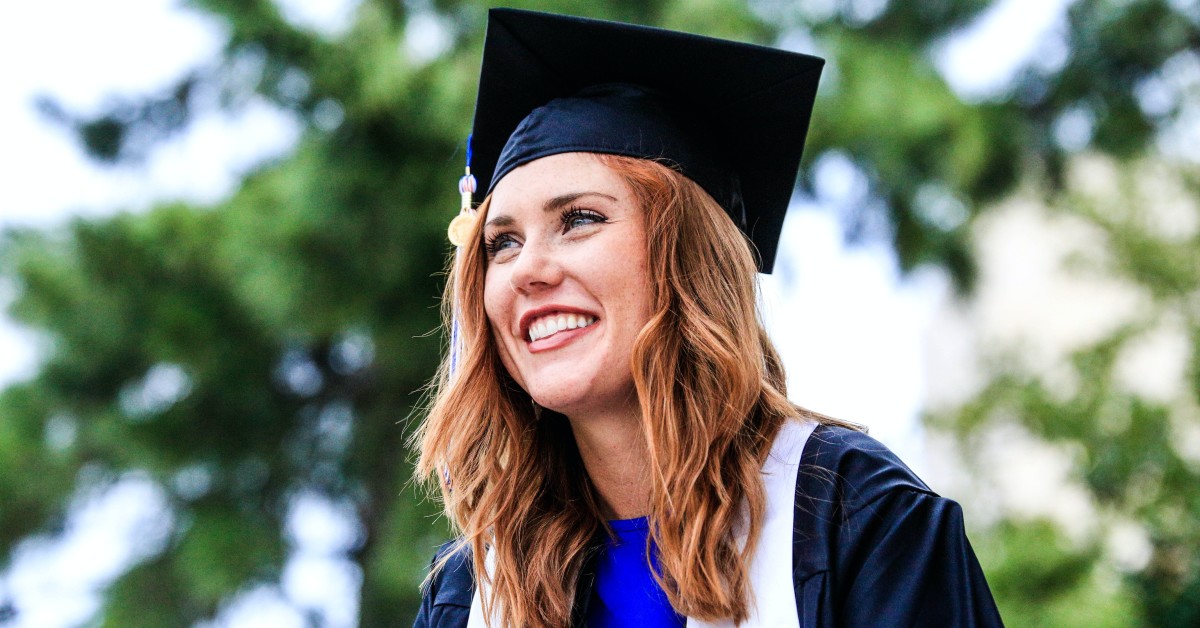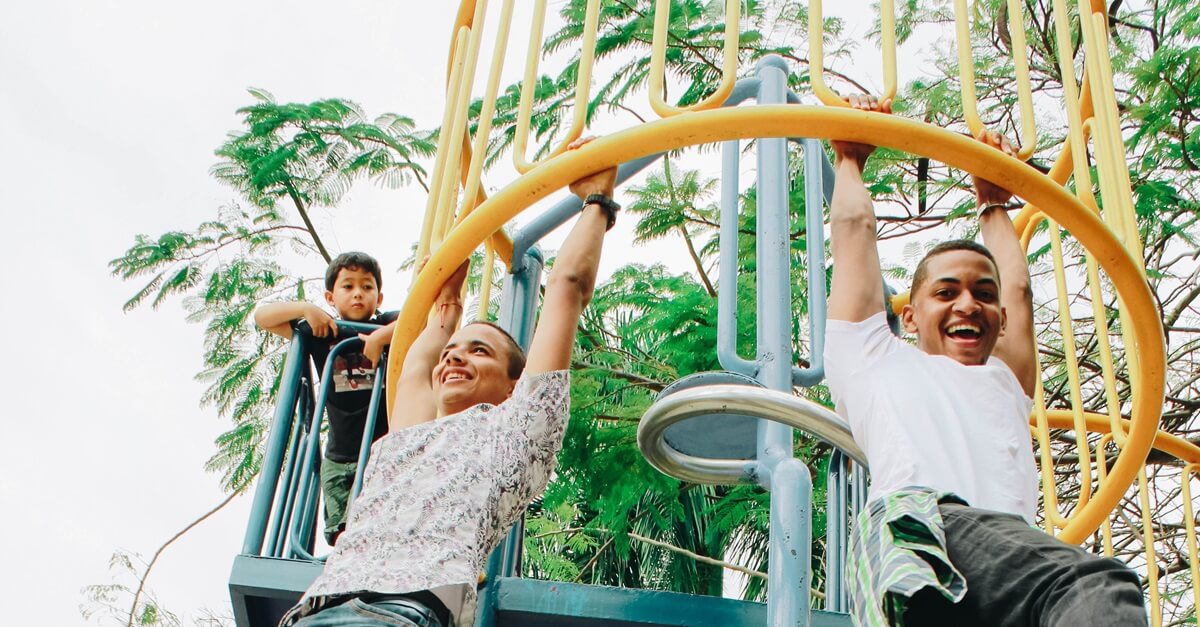
How Adding Minority Teachers Benefits All Students
Students of color perform better when at least one of [...]

I never wanted to become a special education teacher.
Early in my college education at Azusa Pacific University, I remember hearing someone dismiss the teaching profession with the old saying, “Those who can’t do, teach.” I wasn’t going to be the person who “can’t,” so as I was narrowing my focus in my psychology major, I didn’t even consider becoming a teacher.
At the time, I was reasonably sure I wanted to be a marriage and family therapist.
But, like any good story, fate intervened.
During my final semester, I took a class called “The Psychology of the Exceptional Child.” One of the first assignments the professor gave us was to observe a “special education” classroom in a local public school.
Because I had only attended private religious schools, I had no understanding of the Individuals with Disabilities Education Act (IDEA), a federal law requiring that all students with disabilities have the option of public school education. Looking back, I realize that some of my private school classmates had disabilities, but because there wasn’t any attention drawn to the fact that they were getting extra help or extra time on their assignments, they slipped under my radar.
I arranged a visit to a local middle school, where I sat in on a “resource” math class. The day was just getting started and students were coming into the classroom from their passing period. I am not sure what I was expecting, except that I thought that a “special ed” classroom would be filled with severely disabled or medically fragile students. I quickly learned how wrong that preconception was.
The classroom consisted of eight students, none of whom showed any outward sign of physical or mental disability. The teacher, wearing a Hawaiian shirt and a big smile, welcomed each student in the class. After the math lesson, the students had time to take a break and keep themselves busy by reading or drawing until the buzzer rang, signaling the end of the period.
I spoke to the teacher afterward and asked why these kids were in a special education classroom. He replied, “Mostly because they have processing deficits.” He explained that some students needed to learn at a different pace or have different study materials to receive the education that would most benefit them.
After thanking him, I left the classroom with more questions than I had when I arrived. Why were these students separated from their peers? What was so “special” about what I observed in the classroom? Why couldn’t that happen in an inclusive class?
| University and Program Name | Learn More |
|
Merrimack College:
Master of Education in Teacher Education
|
I didn’t give these questions much more thought until I attended my first teacher education meeting at California State University-Fullerton. By then, I was exploring the option of obtaining a teaching degree.
There are not a lot of career options for people with a bachelor’s degree in psychology; for many, the next logical step was going to graduate school for further training and certification. Itching to work, I considered my future options and applied for the best one available: behavioral therapist for children with autism, a diagnosis applied to children who experience language delays, engage in repetitive movements or behaviors, and have restricted interests.
The program was looking for individuals willing to learn the basics of Applied Behavioral Analysis and provide treatment at home and in school for children with disabilities. One of these treatments was called Discrete Trial Training (DTT), through which larger goals or skills are broken down into small steps and taught in isolation, then regrouped into a continuous process after each discrete skill is mastered.
On the job, I quickly learned that applying the same “treatment” to each child did not produce identical results since how students reacted depended largely on their internal motivation. Developing a relationship with each child was also critical to building bridges and fostering communication. The students that made the most progress in their language development were the ones with whom I was able to build a rapport. I also discovered that students usually did better in natural environments, as opposed to when we were sitting knee-to-knee in the therapy room.
Special education services—like those protected by IDEA—often mean separate education services. During my teaching training, I learned that separating students with disabilities from their non-disabled peers doesn’t necessarily provide optimal outcomes. When students with disabilities spend most of their time with other students with disabilities, they don’t learn how to interact and learn in a world that is set up for non-disabled individuals. By isolating these students, we make it more difficult for them to function independently in non-disabled settings. Living, working, and playing in an integrated society almost always leads to better outcomes.
Enter Universal Design for Learning (UDL), a framework that encourages teachers to consider the strengths and needs of every student in a classroom when planning lessons, with a particular focus on those students with the greatest needs and challenges. They employ multiple media and means of content delivery to differentiate, or adapt, the material to each student’s needs and challenges. UDL allows students who are behind the expected grade level to participate, progress, and learn in a meaningful way without having to be isolated from other students.
After working a little over a year as a behavioral therapist, I realized that my heart was leaning towards education. Each time I stepped into a public school to provide services, I thought, “I could do this.”
Throughout my teaching credential training, I explored the questions that had lingered since leaving the special education classroom I’d visited in college. Some were answered by my teachers, but many answers came from the students themselves.
What I learned from them was that it’s most important to listen to people with disabilities and the stories they share. As educators, it is easy to think that we have all the answers when it comes to interventions and instructional techniques. When we listen to people with autism, Down syndrome, or intellectual disabilities about what dreams they have for their lives, it gives up a better perspective on how to help all learners.
I also learned that we need to aim high. For the vast majority of students, approaching instruction by planning for the students who are hardest to reach sets the stage for the most growth for all students.
Our education system still has a bias toward segregating students with disabilities, and many of those who advocate for greater integration continue to face resistance. By using the principles of Universal Design for Learning and differentiation, educators can provide a more robust education. One that is accessible, engaging and motivating—and improves the outcomes of all students regardless of their learning needs.
Questions or feedback? Email editor@noodle.com

Students of color perform better when at least one of [...]

An MPH in Community Health Education enables you to direct [...]

Special education teachers take on challenges that general ed teachers [...]

Some teachers know right away whether their futures lie in [...]

Are you looking for alternative teaching certification programs that will [...]
Categorized as: Special Education, Education & Teaching